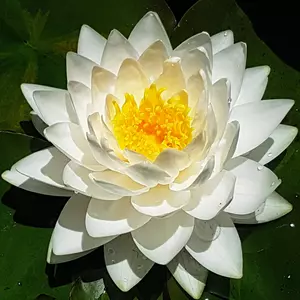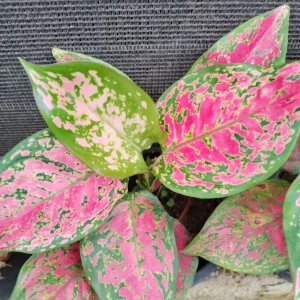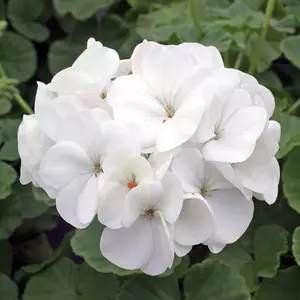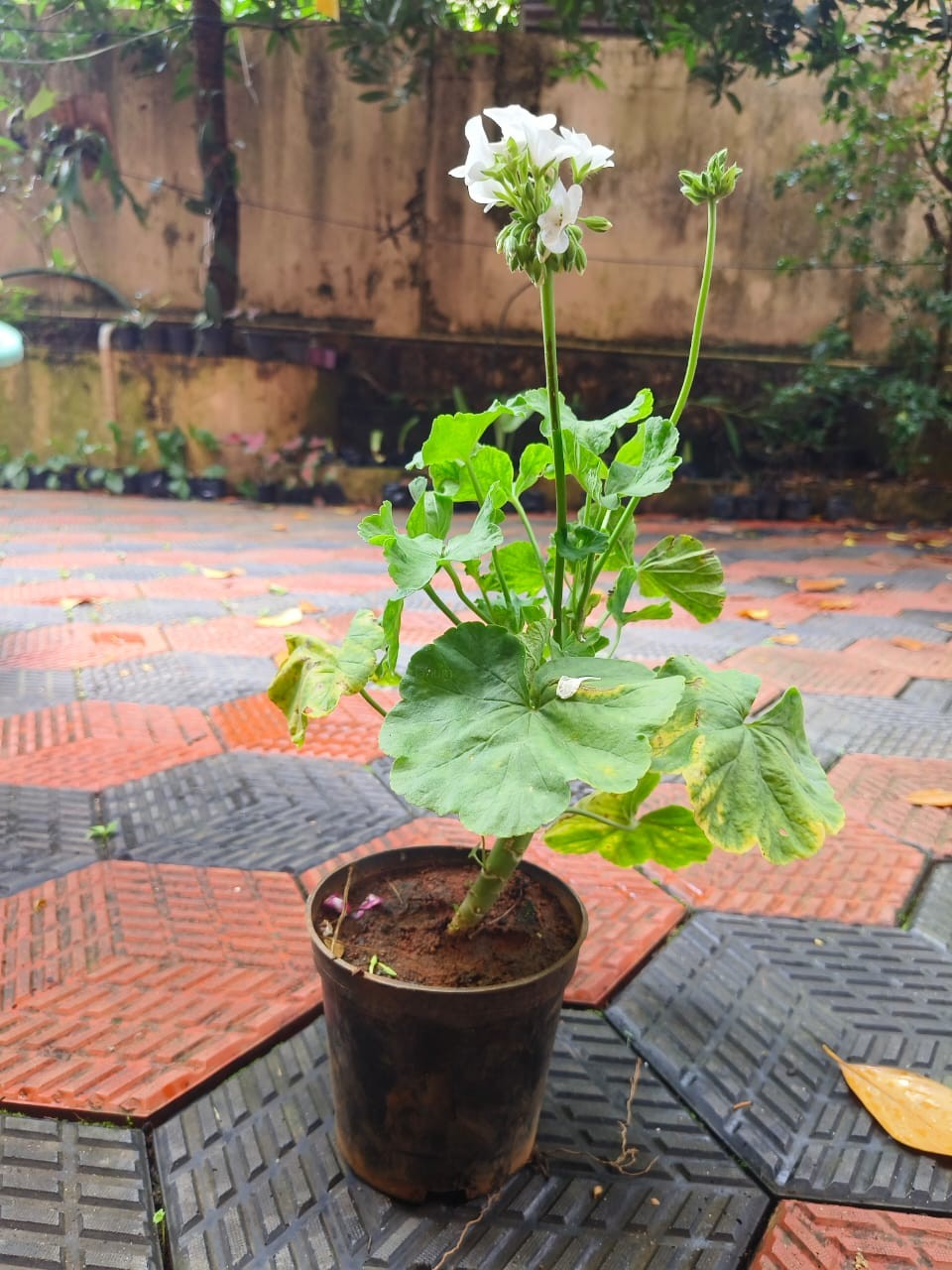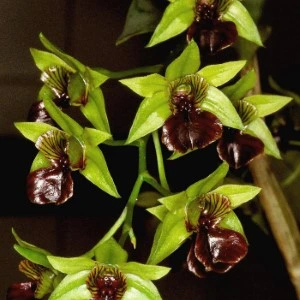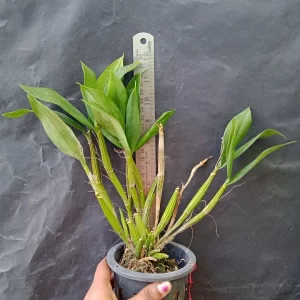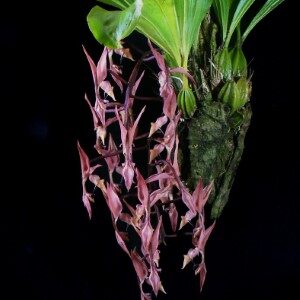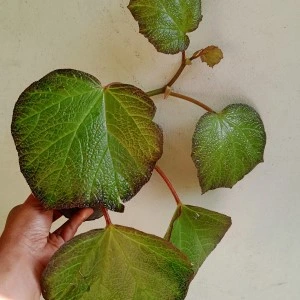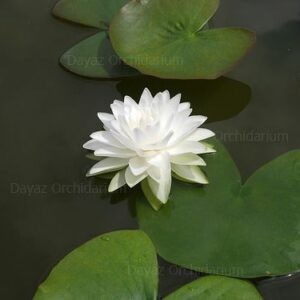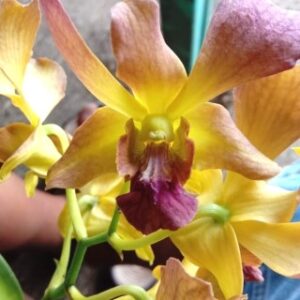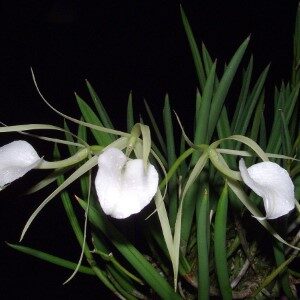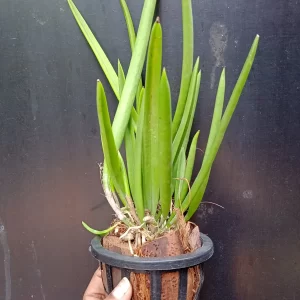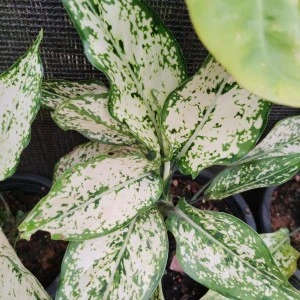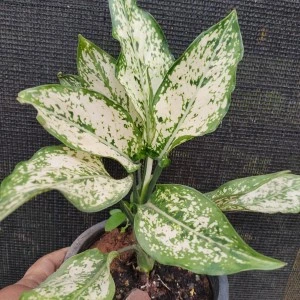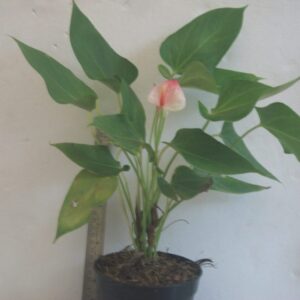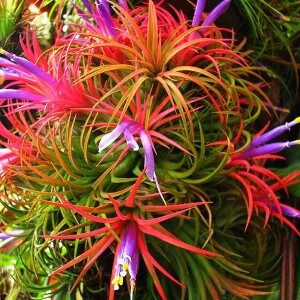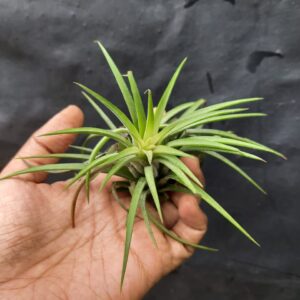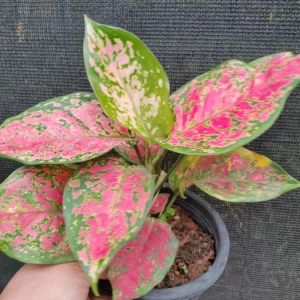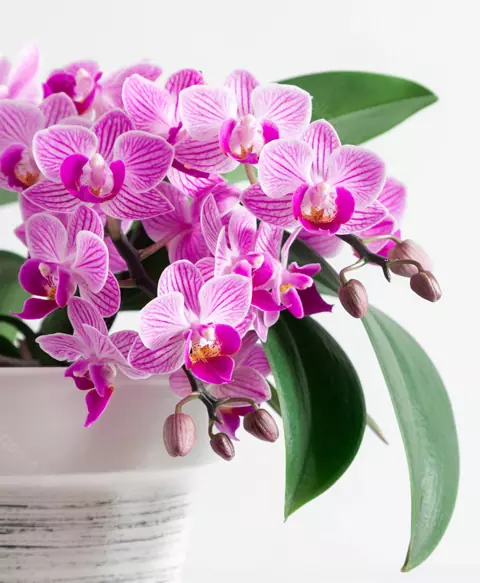Soil
Type : Use well-draining soil, like a good-quality potting mix with perlite or sand to improve drainage.
pH : They prefer a slightly acidic to neutral pH (6.0 to 7.0).
Fertilization
Frequency : Fertilize every 4-6 weeks during the growing season (spring through early fall) with a balanced, water-soluble fertilizer (like 10-10-10).
Amount : Avoid over-fertilizing, as it can lead to lush foliage but fewer blooms.
Pruning and Deadheading
Pruning : Regularly pinch back the stems to encourage bushy growth. Trim leggy or overcrowded growth as needed.
Deadheading : Remove spent blooms to promote more flowering and prevent the plant from wasting energy on seed production.
Temperature and Humidity
Ideal Temperature : Geraniums prefer temperatures between 65-75°F (18-24°C) during the day and slightly cooler at night. They are not frost-tolerant, so bring them indoors or provide protection if temperatures drop below 50°F (10°C).
Humidity : They do well in average humidity and prefer good air circulation to prevent fungal diseases.
Pests and Diseases
Common Pests : Watch out for aphids, spider mites, whiteflies, and caterpillars. Regularly inspect the plants and treat infestations promptly with insecticidal soap or neem oil.
Diseases : Avoid overwatering and ensure good air circulation to prevent fungal issues like powdery mildew or root rot.
Overwintering
Indoors : If you live in a colder climate, bring geraniums indoors before the first frost. Place them in a bright, cool location and reduce watering.
Cuttings : Alternatively, take cuttings to propagate new plants for the next season.


